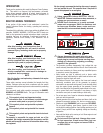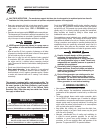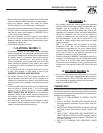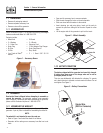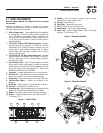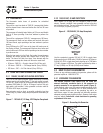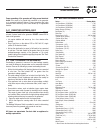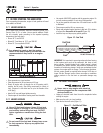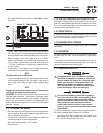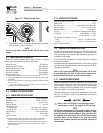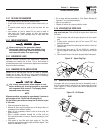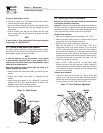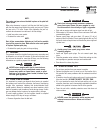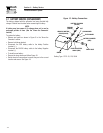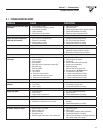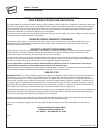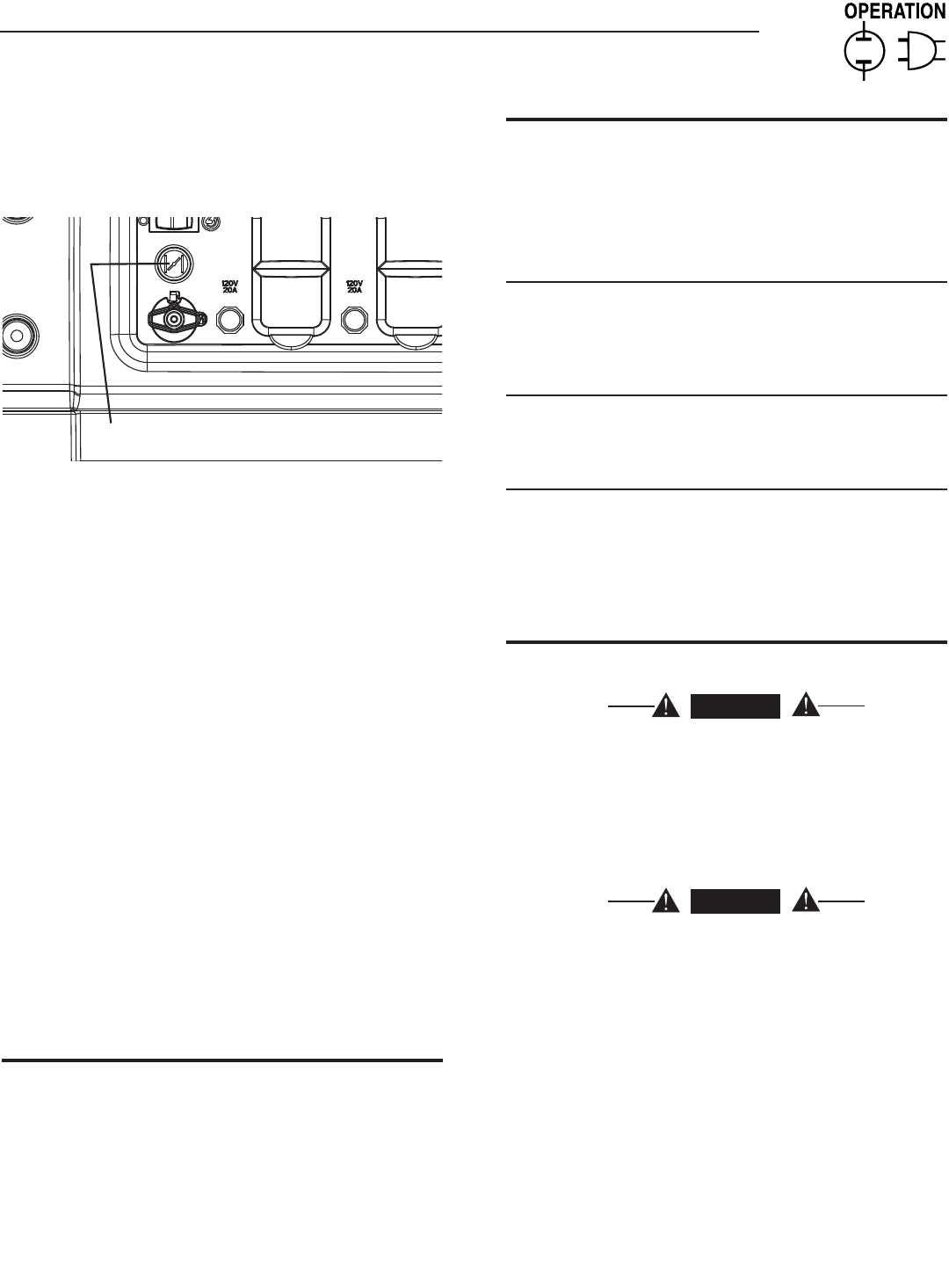
Pull engine CHOKE knob outward to • “Full Choke” position
(Figure 12).
Figure 12 - Choke Position
Choke
To start engine, press and hold the Start/Run/Stop switch in •
the “Start” position. The engine will crank and attempt to start.
When the engine starts, release the switch to the run position.
When the engine starts, push choke knob to “1/2 Choke” •
position until the engine runs smoothly and then fully in to the
“Run” position. If engine falters, pull choke knob back out to
“1/2 Choke” position until the engine runs smoothly and then
to “Run” position.
This generator is also equipped with a manual recoil starter •
which may be used if the battery is discharged.
NOTE:
The switch must be in the RUN position.
To start manually, firmly grasp the recoil handle and pull slowly •
until increased resistance is felt. Pull rapidly up and away to
start engine. Then follow the same choke sequence listed
above.
NOTE:
If engine fires, but does not continue to run, pull choke knob to
“Full Choke” and repeat starting instructions.
IMPORTANT: Do not overload the generator. Also, do not overload
individual panel receptacles. These outlets are protected against
overload with push-to-reset-type circuit breakers. If amperage
rating of any circuit breaker is exceeded, that breaker opens and
electrical output to that receptacle is lost. Read “Don’t Overload the
Generator” carefully.
2.9 STOPPING THE ENGINE
Shut off all loads, then unplug the electrical loads from generator •
panel receptacles. Never start or stop the engine with electrical
devices plugged in and turned on.
Let engine run at no-load for several minutes to stabilize the •
internal temperatures of engine and generator.
Move Start/Run/Stop switch to “Off” position.•
Close fuel valve.•
2.10 LOW OIL PRESSURE SHUTDOWN SYSTEM
The engine is equipped with a low oil pressure sensor that shuts
down the engine automatically when the oil pressure drops below
5 psi. If the engine shuts down by itself and the fuel tank has
enough gasoline, check engine oil level.
2.10.1 INITIAL START-UP
A delay built into the low oil shutdown system allows oil pressure
to build during starting. The delay allows the engine to run for
about 10 seconds before sensing oil pressure.
2.10.2 SENSING LOW OIL PRESSURE
If the system senses low oil pressure during operation, the engine
shuts down.
2.10.3 RESTARTING
If trying to restart the engine within 10 seconds after it shuts down,
the engine may NOT start. The system needs 5 to 10 seconds to
reset.
If the engine is restarted after such a shutdown and the low oil
pressure has not been corrected, the engine will run for about 10
seconds as described above and then stop.
2.11 CHARGING A BATTERY
DANGER
Storage batteries give off explosive hydrogen
gas while recharging. An explosive mixture will
remain around the battery for a long time after
it has been charged. The slightest spark can
ignite the hydrogen and cause an explosion.
Such an explosion can shatter the battery and
cause blindness or other serious injury.
DANGER
Do not permit smoking, open flame, sparks or
any other source of heat around a battery. Wear
protective goggles, rubber apron and rubber
gloves when working around a battery. Battery
electrolyte fluid is an extremely corrosive
sulfuric acid solution that can cause severe
burns. If spill occurs flush area with clear water
immediately.
Use battery charger plug to keep the battery charged and ready for
use. Battery charging should be done in a dry location.
1. Plug charger into “Battery Charger Input” jack, located on the
control panel. Plug wall receptacle end of the battery charger
into a 120 Volt AC wall outlet (Figure 13).
9
Section 2 – Operation
Portable Generator System



